‘Weaving Two Worlds’: How the resource sector can build trust with Indigenous communities
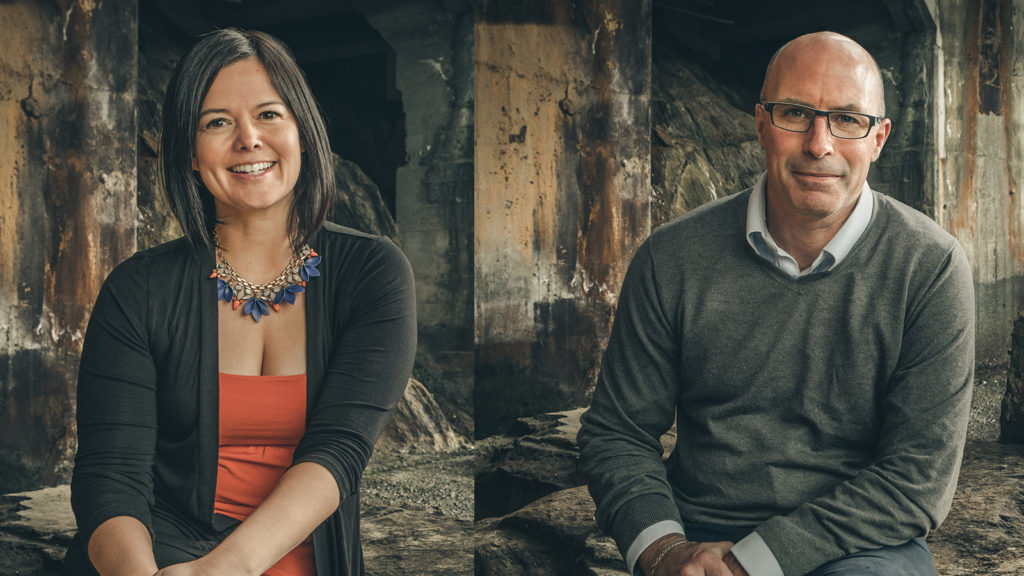
Resource companies understand that positive relationships with Indigenous communities are key to their success. They are also aware that Aboriginal communities have a greater say and more power than ever over what happens on their traditional lands.
However, amid the shifting power dynamics and higher expectations, court cases such as Yahey v. British Columbia and the federal government’s commitment to implementing UNDRIP (United Nations Declaration on the Rights of Indigenous Peoples), the permitting landscape has grown more complex and the way forward, uncertain.
A new book coming out on March 1, Weaving Two Worlds: Economic Reconciliation Between Indigenous Peoples and the Resource Sector, aims to provide some guidance.
Written by Christy Smith and Michael McPhie, both principals of Falkirk Environmental Consultants, the book brings together Indigenous and non-Indigenous perspectives (Smith is from the K’ómox First Nation in B.C., while McPhie is of Scottish and English descent). It also draws on the experience of each author in the resources sector – Smith as an Indigenous business consultant and Falkirk’s vice-president of Indigenous and stakeholder engagement, and McPhie, as a founding partner and co-chair of Falkirk, as well as a past president and CEO of the Mining Association of B.C.
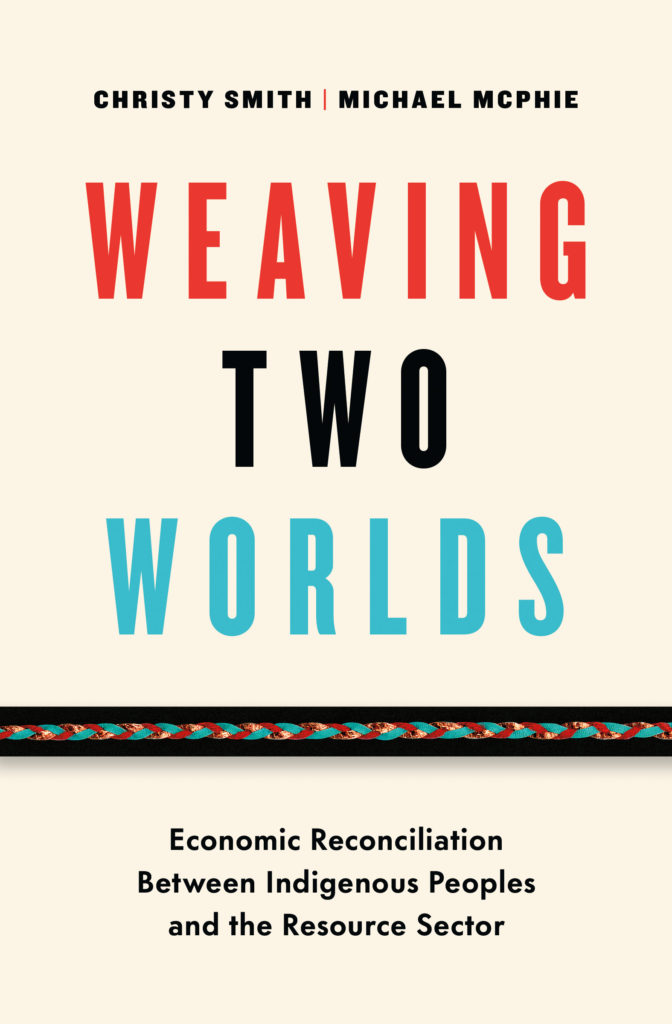
CMJ spoke with Smith and McPhie in February about the concept of ‘allyship,’ the trend of Indigenous-led environmental assessments, and why addressing unconscious bias is a prerequisite to building productive relationships with Indigenous communities.
CMJ: First of all, congratulations on the book. You’ve approached a sensitive and complex topic in a really thoughtful and practical way. So to start the conversation off, why did you two decide to write this book?
Christy Smith: Too often we see companies going into communities and engaging in what I consider a harmful way that just causes problems from the get-go in development of their relationships.
From my experience – Indigenous people are very relationship oriented and that’s a key to understanding how we operate, our concerns and interests. Without that relationship, there’s no trust. So building these relationships and this trust is key to resource companies in order to move projects forward.
Mike McPhie: Senior folks in the resource sector recognize that relationships with Indigenous communities is key to their success. But there’s a real gap in understanding how to get from recognizing the issue and how to actually do it well. Our belief is that dialogue is going to be the key to success. And there’s a lot of people that are actually quite interested but really struggle with even knowing where to start.
There are lots of guides out there on how to consult, the law and the permitting process, but they’re often written at a more academic level and are process driven. Whereas a lot of this is about belief systems, history, understanding – which is deeper discussion not everybody is comfortable with having. The difference with what we’ve done, having these two voices of Indigenous and non-Indigenous, it makes some of the topics a little more accessible.
This is just our experience and our ideas, but it’s based on a lot of years at the frontlines of doing this stuff both at the board and executive level as well as on the ground. So we’re just trying to share that experience and help the conversation move forward in a positive way.
CMJ: One of the things you talk about in the book is this legal power shift that’s been happening towards Aboriginal communities. Mining and exploration companies are certainly aware of this shift, including the many court cases for reaffirming Aboriginal rights and the federal government’s recent commitment to implement UNDRIP into Canadian law. But what is the next step for resource companies to take after just being aware – because as you say, they may be uncertain as to what to do next?
CS: The first thing companies need to understand is that Indigenous communities are not stakeholders. They are governments that represent their communities and have been stewards of their lands for thousands of years and must be engaged as such.
Building relationships takes time. You need to understand the distinct interests and concerns of the communities. That builds trust, which also takes time. Once proponents understand that, they can create a formal engagement and reconciliation plan, in partnership with the Indigenous communities in their project area. This is a long-term relationship they are building with a community that will have a direct interest in and influence over how their project will be advanced.
We mention in multiple areas in the book that listening is key and not truly listening can be a barrier to building that relationship. Listening to the silence of the conversation is also super important to guide proponents.
MM: In the book, we talk about the first step being to educate yourself, understand what you’re dealing with because the mining industry is a global industry and to operate successfully, whether you’re in Central America, Asia or Canada, you need to understand local cultures, their history, and the place that they’re coming from.
There are over 200 First Nations just in British Columbia, and all of them have different histories and experiences with resource companies. So the first thing is to understand. The second thing is to talk with the nation and ask them, this is what we’d like to do – we want to go out and drill ten holes to test this target. Discuss that ahead of time, not just when you need the permit and after you’ve filed it. That should actually be your first call when you acquire a property, make contact. It’s the first thing you do and it’s a sign of respect; then you start everything off on a good step.
CMJ: Let’s talk about this process of people educating themselves. The book calls for the mining sector to play a bigger role in reconciliation and you explain that this has to start at the personal level, with each person examining their own biases and educating themselves about Indigenous peoples and history. How much of a willingness do you see within the resource sector to actually do this work?
CS: It’s all over the board and it depends on the individual. Sometimes the management level is super keen to do this work, but it’s not supported at other levels. Or the individuals at the board level haven’t done the work in support of the management, so it really depends on the scenario.
And change is uncomfortable. Nobody really wants to get deep into self-reflection, especially when examining some of these biases, assumptions and guilt or what they would presume as normal thoughts. But if that self-reflection isn’t done, the relationship can’t be formed in that positive way.
In our book we’re saying in a soft way that you do need to do this to be successful, but we’re not jamming it down their throats, saying, ‘You’ve been thinking about these things all wrong all your life and here we are to change you.’ We try to guide people softly through a self-reflective process.
MM: There’s been a movement over the last 10 years to a more enlightened view in the resource sector. But the spectrum is really wide and there are still people that are operating in a 1950s mentality, and then there’s folks that are way ahead of the game and making real change. And I think we’re seeing that the folks with the more enlightened view are the ones who are successful.
Pension funds and other sources of finance are pushing management teams in that direction, whether it’s through ESG reporting or the Equator Principles. But a lot of the metrics used in ESG reporting haven’t been able to fully address some key issues such as free, prior and informed consent (FPIC) as defined in UNDRIP, which is now law in Canada through Bill C-15 which received Royal Assent in June 2021. We are now in version 2.0 of what engagement and reconciliation with Indigenous peoples is all about and moving to where people really start to understand what a productive relationship with First Nations and Indigenous people is.
CMJ: What would you say to people in the resource sector who don’t get it and who would bristle at some of the language like White fragility, White privilege that are part of the discussion in the book, and the concept of decolonization training.
MM: With all honesty, I had trouble with those concepts going into this and Christy really helped me to understand it. It is uncomfortable because most people think they’re good people, right? They don’t see themselves as carrying around these biases or stereotypes in their mind, but I think once you actually recognize what these terms and concepts represent, you can begin to understand it much better. I mean, the domination of White settlers over Indigenous people in the country – there’s no question about the facts behind that. Does that make you (as a non-Indigenous person) a bad person? No. But does that mean you have to acknowledge that history and why people have felt unfairly treated over many, many hundreds of years? This is our shared history and, importantly, it isn’t an attack on you – it’s an attack on and a questioning of our past as a country. Having those honest conversations, yes, is going to be hard for some people.
We try to be really positive on this stuff – nobody is being blamed here. It’s about deepening your knowledge, you have to understand where people are coming from to be able to have productive conversations. They don’t really teach this stuff in engineering school and that’s part of the challenge.
People can get defensive even hearing terms like White privilege. We only have to look south of the border, where talking about race can become incredibly emotional really quickly. So we try to be really positive on this stuff – nobody is being blamed here. It’s about deepening your understanding, you have to understand where people are coming from to be able to have productive conversations. That’s how you build connection. They don’t really teach this stuff in engineering school and that’s part of the challenge.
CS: Mike, I love how you started that with your own self-reflection – it’s an ongoing process. I want to be clear, when we talk about privilege, I also have to check my privilege and how I’m coming into a room and to the table. I want to hear what the community has to say. Self-reflection is not just Indigenous, non-Indigenous. It’s something everyone needs to do when they’re listening and engaging.
And it’s tough when it’s an ingrained behaviour or an assumption that has been normalized. You have to continually work at changes and habits and changing perspectives take time. But it starts with the willingness to do the work. Lots of times the term White privilege offends people and they get their back up, but I think it’s OK to have those hard conversations and make people a bit uncomfortable because that’s where the real change comes.
CMJ: You write in in the book that the ultimate goal is for the resource sector to shift its thinking and move from being an adversary of Indigenous communities towards being an ally. Can you give us any examples from your experience where you’ve seen resource successfully make that shift?
MM: There are a couple of companies in British Columbia, like Skeena Resources and Talisker Resources where a shared ownership perspective on projects is being developed. The Tahltan actually made an equity investment into Skeena and they’re now partners in the development of the Eskay project. Talisker signed an exploration agreement with the Xwísten First Nation (or the Bridge River Indian band), and as part of that there was a consideration of equity ownership in the company. So that’s where you begin to shift from just consultation and jobs and scholarships to being full partners in development. And that’s where being allies comes in.
CS: With respect to allyship, you’ll see the success come when you see the company truly understands what the Indigenous communities want, because there’s some that want equity and some that want and need other things. The idea of allyship is supporting that community and lifting that community up.
MM: One thing that’s key is that mines are only there for 10 or 15 years. Being allies is also about recognizing that yes, there are benefits during construction and operations, but what is the long-term legacy, and are you working with and supporting a community in the way that they want to be supported to create enterprises and opportunities that last well beyond the mine life? When you talk about sustainability, there’s this massive opportunity to leverage the investment in a mine to create long-term enterprises. It’s that kind of perspective – what’s your legacy of being there and have you created a more resilient, stronger community or have you done something else?
The last thing I’ll say about allyship is that it has to be welcomed. You can’t just show up and say, ‘Hey, we’ve got all this money and all this opportunity – here you go.’ It’s more like, ‘Here’s this opportunity. How do we do it together, and are you willing to accept that?” It’s very much a reciprocal relationship.
CS: When we talk about legacy, the land base will be there a lot longer than the project, so it’s really about becoming co-stewards with the community and ensuring that you’re supporting and protecting the environment into perpetuity in a way that the communities want. So not only providing support from the investment/business side, but also from a land-use planning perspective.
CMJ: You flagged a really interesting trend in in the book of Indigenous-led environmental assessments. This is a still a very new area, but how should the mining sector get prepared for this? What do they need to know?
MM: For quite some time there’s been increased involvement of Indigenous people in the assessment of the economic and environmental effects of projects. It’s mostly being led out of British Columbia, but it’s also happening in other parts of the country and in other parts of the world, where you’re seeing provincial or federal processes being either amplified or even almost replaced. There are only a few jurisdictions that are moving in that direction so far, but I would expect over the next 10 years it’ll become much, much more common.
The Squamish First Nation on the West Coast of British Columbia did their own environmental assessment on the Woodfibre LNG project that was being proposed in their territory in 2019. The Tahltan Nation is moving rapidly in that direction to assess projects in their traditional territories, and there’s lots of other discussion in that regard. We don’t know exactly how this is going to play out but the trend is real and companies need to be aware.
We do not see the essential science and methods of doing an EA changing, but the questions that are being asked, how the Indigenous community is involved in the review and the process that is to be followed will evolve. Procedurally, it may affect timelines, it could be a little bit more expensive and complicated. Hopefully though, where these assessments are Indigenous-led, or where they have their own parallel process, the projects will have a higher degree of certainty and support at the end, which could be a real positive.
CS: The government has been tasked with implementing UNDRIP in B.C. and now across the country. Having these processes in place where there’s true engagement and consensus-making forums I think will help the process in the long term. Maybe there’ll be ups and downs, but as far as I can see to date, it’s been super positive and the communities have a voice at the table with respect to their land, which is huge.
CMJ: You opened the book with a dedication to the reader that says: ‘may you place your feet on the ground, open your heart, listen with intention and do something to make our world a better place.’ It’s a beautiful message and it’s very hopeful. Where did that come from?
CS: Since the beginning when Mike asked me to help him write the book and partner on this, that was his objective – making the world a better place, which I fell in love with.
In order to do that, what we try to say throughout the book is listen; open yourself up. Do the work. And then hopefully the legacy of our work will be that that person will go on to do something to make our world a better place.
(This article first appeared in the Canadian Mining Journal)
More News
Manganese X poised to begin pre-feasibility study at Battery Hill
April 11, 2025 | 02:39 pm
Carbon removal technologies could create tens of thousands of US mining and quarry jobs – report
April 11, 2025 | 01:33 pm
{{ commodity.name }}
{{ post.title }}
{{ post.date }}

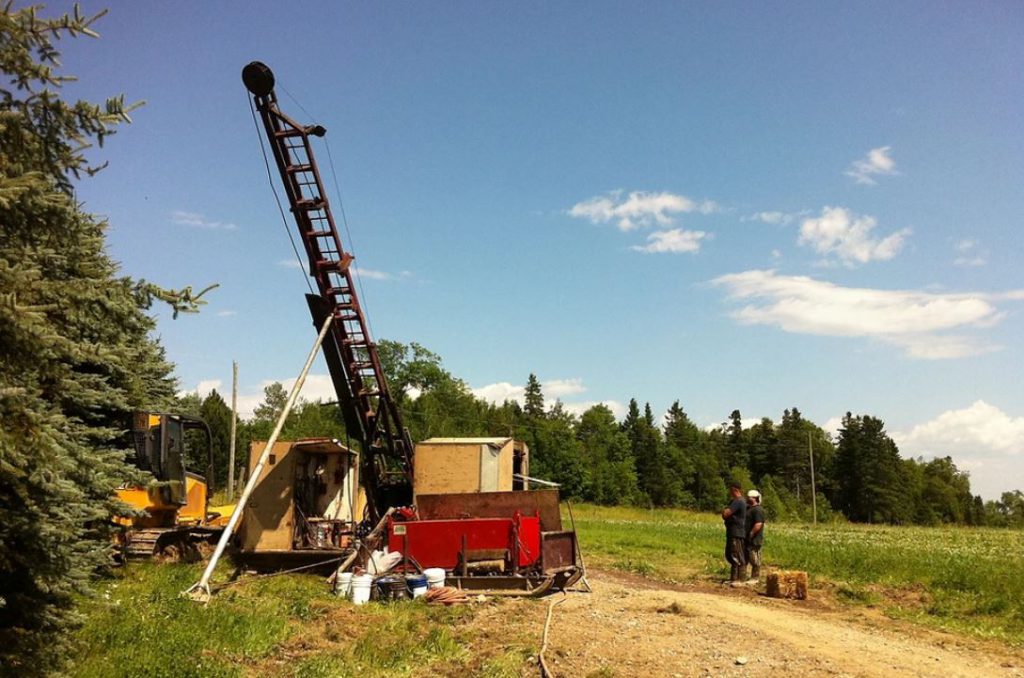
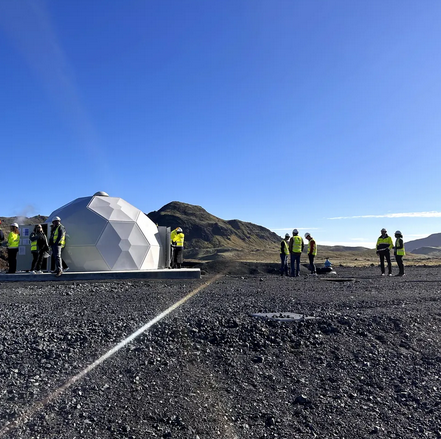
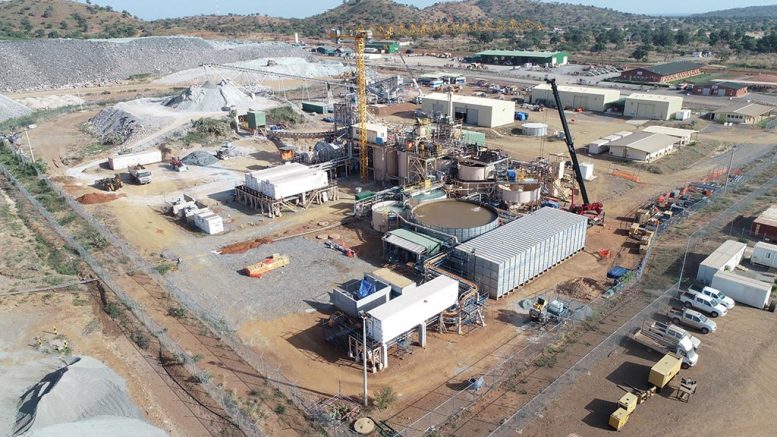
Comments
do dag
These authors portray themselves as working on the frontlines of the resources sector. But they are working on the frontlines from the indigenous and permitting side. Environmental consultants work with companies that can afford them and those sorts of companies are not the pointy end of the resource sector. By the time these people are involved in projects there is already a history on that project that may be difficult to overcome. Mines may only be there for 15 years but they are usually exploration projects for 25years before that and likely for decades after mine closure. There is a severe lack of understanding of what exploration companies do in the permitting industries and indigenous communities and this effects the ability of both mining companies and indigenous communities to have meaningful relationships. Acknowledging the problematic history by the resource sector is only half of the equation. Most exploration companies are desperate to have Indigenous involvement, aside from a small dying breed of holdouts who are generally more con-men that than professionals.